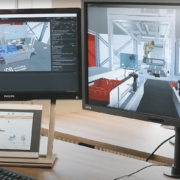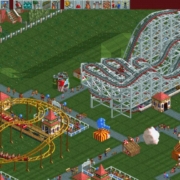The future of Digital Twins in the Industrial Metaverse
One of the buzzwords of 2022 was the Metaverse, mainly driven by the change of Facebook into Meta. This virtual realm is seen as a potential future for many industries, including manufacturing. After the interesting discussions and conversations with people on my previous blog on that topic, some asked me how we see it 1 year later, and mainly how we see this develop in the context of the manufacturing industry. In this blog we describe our take on the development and future of Digital Twins in the Industrial Metaverse.






